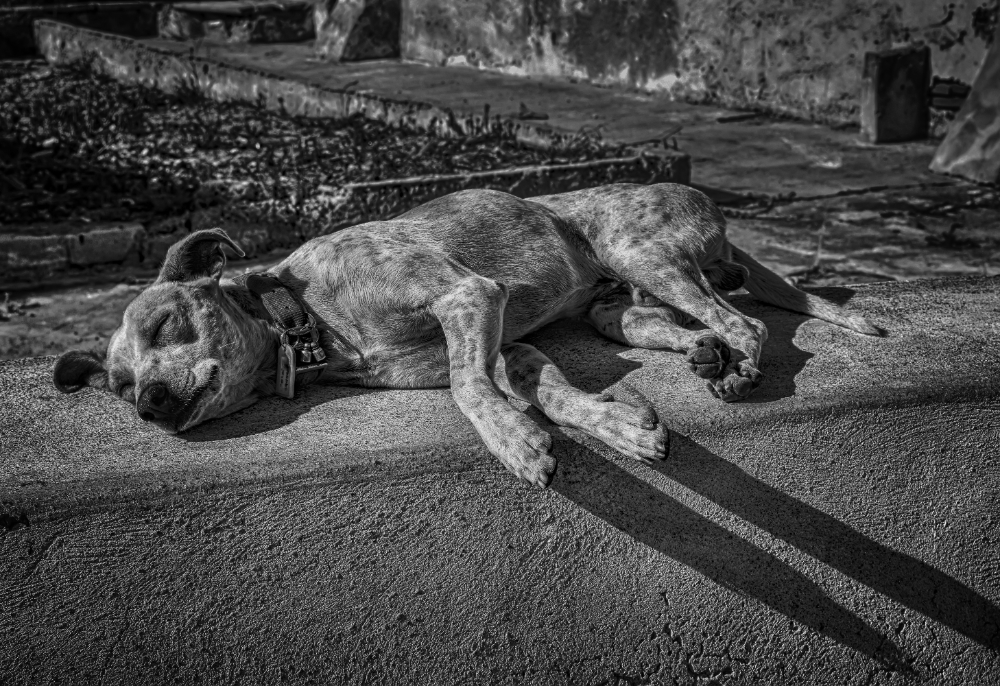Common Signs Your Dog is Dying and How to Provide Comfort

Common Signs Your Dog is Dying and How to Provide Comfort

As heartbreaking as it is, the time will come when your beloved dog’s health deteriorates, and decisions about their care and well-being must be made. Recognizing the common signs that your dog might be nearing the end of their life is essential for preparing yourself, providing comfort, and ensuring their final days are as peaceful as possible. For some, this includes considering humane options like in home euthanasia in Reno, NV.
This blog will cover the common physical and behavioral signs that may indicate a dog is approaching the end of their life, tips for providing support, and insights into making compassionate end-of-life decisions for your furry companion.
Understanding the Journey Towards the End
Every pet’s aging process is unique, but there are common signs that appear when a dog’s health begins to deteriorate significantly. It’s important to remember that just like humans, dogs experience aging or terminal illnesses differently.
Recognizing these signs not only gives you time to seek medical advice but also allows you to cherish these moments and prepare to ease their transition.
Common Signs Your Dog May Be Dying
Here are some of the most common signs that your dog may be nearing the end of their life:
1. Loss of Appetite
One of the earliest signs is often a reduced interest in food. Your dog may stop eating or significantly reduce their food and water intake. This could indicate that their body is no longer processing nutrients as efficiently as it once did. If this occurs, consult your vet to confirm whether it's a symptom of a treatable issue or a sign of end-of-life decline.
2. Lack of Energy or Lethargy
A drastic decrease in energy levels is another common sign. Dogs who are nearing the end of their lives may spend most of their time sleeping or appear uninterested in the activities they once loved. This is typically due to a combination of weakness, pain, and a general decline in health.
3. Weight Loss and Muscle Wasting
Significant, unexplained weight loss or muscle atrophy are physical changes often seen as dogs age or suffer from terminal conditions. These changes occur as the body’s systems start to fail, making it harder for your pet to maintain their physical health.
4. Difficulty Breathing
Changes in breathing patterns, including shallow, labored, or irregular breathing, can occur as a dog approaches their final days. You may notice your dog panting more frequently even when resting or showing signs of discomfort while trying to breathe.
5. Unresponsiveness or Withdrawn Behavior
Dogs may become less interactive or responsive to their surroundings. They might retreat to quiet spaces and avoid contact with family members. This behavior is often a coping mechanism as dogs conserve their energy and prepare themselves for the end.
6. Digestive Issues
End-of-life illnesses often result in digestive problems such as vomiting, diarrhea, or incontinence. These symptoms may lead to dehydration and discomfort. While these issues can sometimes be managed temporarily, they are often indicative of a larger, untreatable problem.
7. Chronic Pain or Discomfort
If your dog is experiencing persistent pain that isn’t alleviated by medication or treatment, this can be a significant indicator. You may notice your dog limping, yelping unexpectedly, or struggling to lie down or sit comfortably.
8. Senior or Terminal Illness Progression
For dogs diagnosed with cancer, kidney failure, or other chronic illnesses, progression of these conditions can signal that they are nearing the end. Symptoms specific to their illness may worsen over time despite treatments.
How to Provide Comfort During This Time
Once you recognize the signs and understand the inevitable, your focus should shift to making your dog feel as comfortable and loved as possible. Here are some simple ways to provide care:
1. Create a Comfortable Space
Ensure your dog has a quiet, cozy area with plenty of bedding to support their weakening body. Minimize loud noises and unnecessary disruptions, giving them peace to rest.
2. Maintain Routine
Even as your dog’s strength diminishes, maintaining a limited version of their usual routine, like short walks or feeding times, can provide a sense of familiarity and comfort.
3. Hydration is Key
While they might eat less, ensuring your dog stays hydrated is critical. Offer water frequently or consult your vet about providing fluids if they are unable to drink on their own.
4. Pain Management
Work closely with your veterinarian to manage any pain or discomfort your dog may be feeling. Medications or alternative therapies can help maintain their quality of life during this sensitive time.
5. Be Present
Simply being there for your dog makes a world of difference. Your presence can bring a sense of calm and reassurance—whether you’re stroking their fur, speaking softly, or just lying beside them.
Making the Decision for Euthanasia
When a beloved dog’s quality of life significantly declines, opting for euthanasia can be a compassionate and humane choice. In-home euthanasia services are becoming increasingly popular for pet owners in cities like Reno, NV. This approach allows your dog to pass peacefully in the comfort of their home, surrounded by familiar sights and the people they love most.
Benefits of In-Home Euthanasia
- Comfortable Environment: Reduces anxiety and fear associated with visiting a veterinary clinic.
- Family Presence: Allows the entire family to be present in a private, uninterrupted setting.
- Controlled Timing: Gives you the flexibility to plan the process at a time that feels emotionally right.
How to Know It’s Time?
Making the decision to say goodbye is never easy. Work closely with your vet to assess your dog’s quality of life. Some key questions to consider:
- Is your dog in unmanageable pain, even with treatment?
- Are they still able to enjoy activities they previously loved?
- Have they stopped eating, drinking, or responding to stimuli?
Evaluating these questions objectively can help you determine when in-home euthanasia is the kindest option.
A Final Tribute to Your Loyal Companion
Losing a pet is never easy—they are much more than just animals; they are beloved family members and trusted friends. Take the time to celebrate their life through meaningful tributes. Share their story, create photo albums, or honor them with special memories that accentuate their unique personality.
Allow yourself to grieve and connect with others who understand the deep bond between pets and their families. Finding a support system can make the process less isolating as you adjust to life without your loyal companion.
How We Can Help
If you’re considering in-home euthanasia in Reno, NV, contact Rover Veterinary Care today to learn how we can assist you through this difficult time. Our experienced veterinarians will guide you every step of the way, ensuring your dog receives the loving care they deserve in the comfort of your home.
